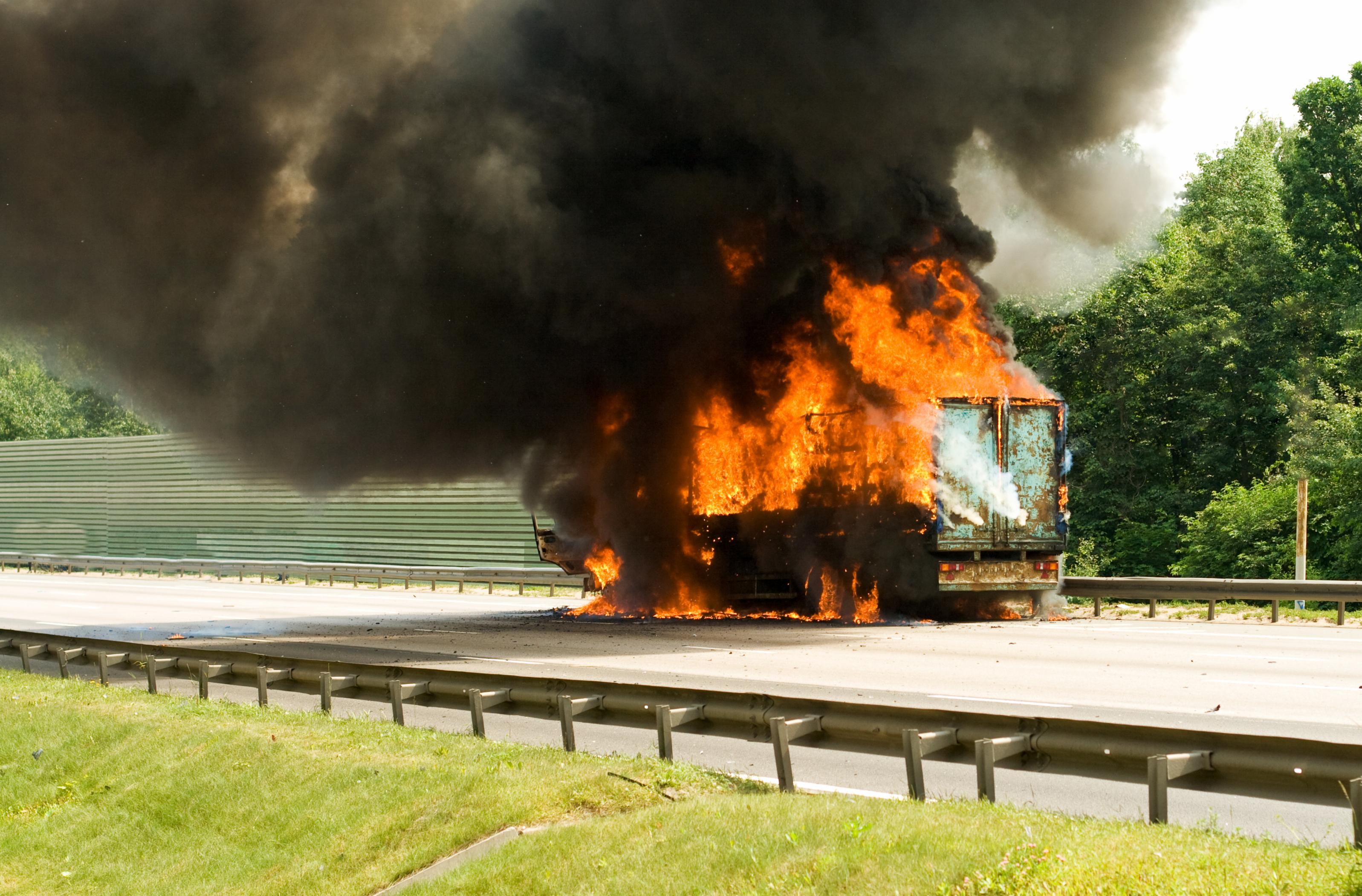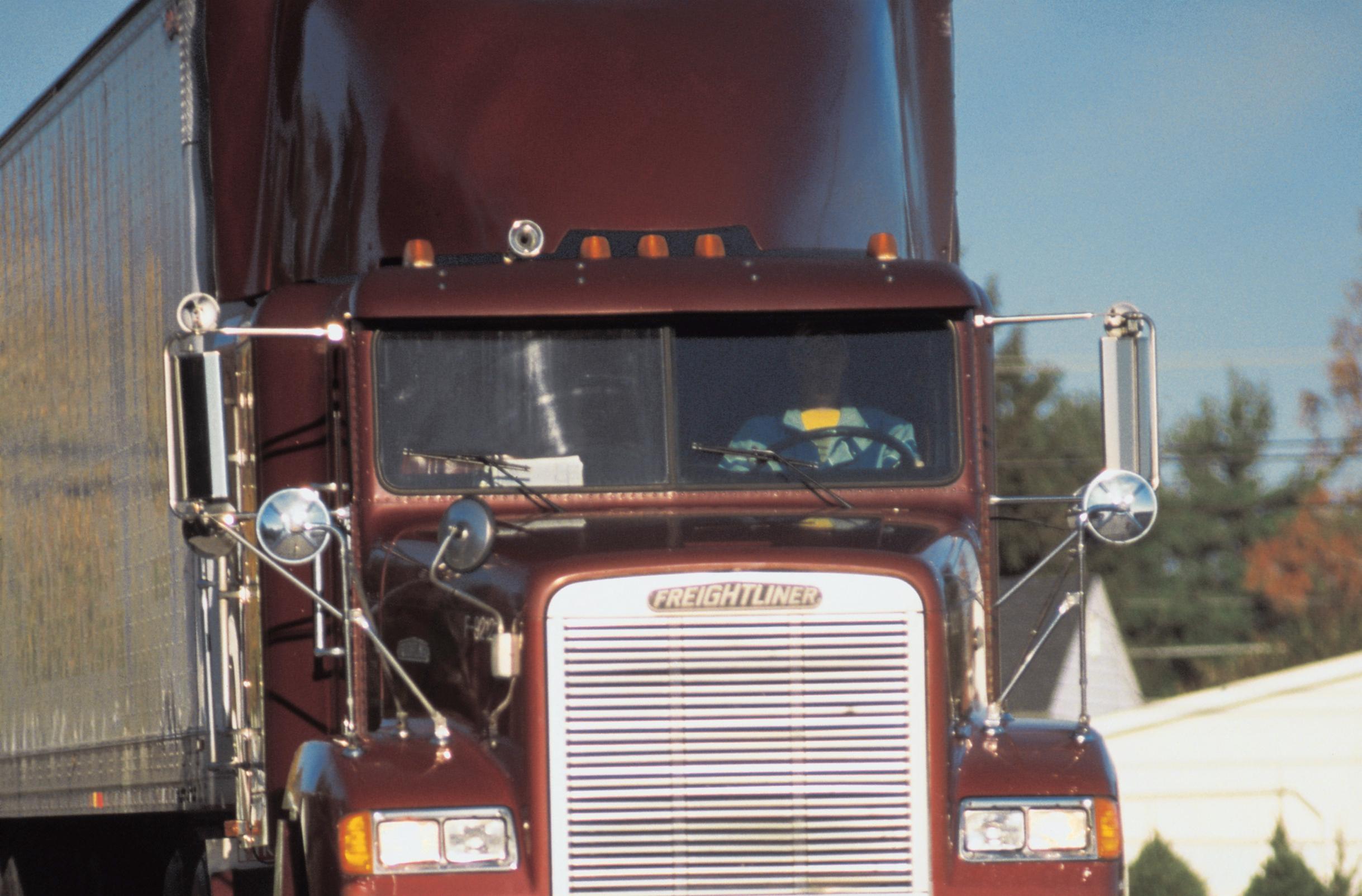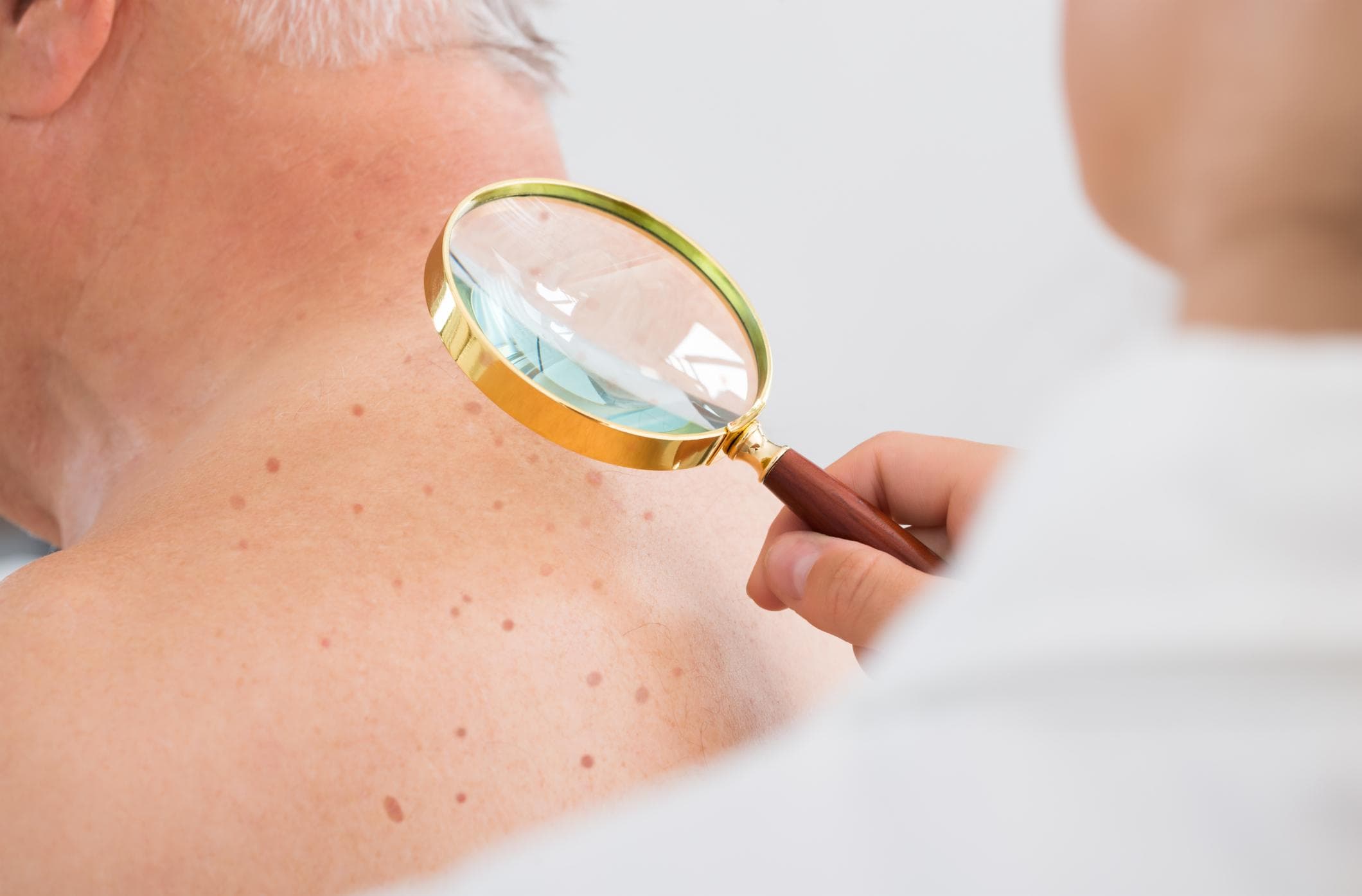Healthy Eating
Healthy eating on the road is essential for maintaining a normal Body Mass Index (BMI) and helping...

Great West |
Healthy eating on the road is essential for maintaining a normal Body Mass Index (BMI) and helping...

Great West |
Great question! According to Part 390.15(b)(1) of CFR Title 49 of the Federal Motor Carrier Safety...

Great West |
When a vehicle crash occurs, the first questions a trucking company will likely ask are: What...

Great West |
The fall season presents many unique hazards that truck drivers should be on the lookout for....

Great West |
Opening and closing trailer doors are two of the leading causes of work-related injuries for truck...

Great West |
Backing up a truck and hitting a stationary object is one of the most frequent causes of a loss for...

Great West |
Tractor-trailer fires can result in devastating losses destroying trucks, trailers, and cargo....

Great West |
Motor carriers are in a hazardous industry and face four types of loss exposures: financial,...

Great West |
Motor carriers put a lot of faith in drivers. They are entrusted with very expensive equipment,...

Great West |
Every motor carrier has a company culture that reflects the organization’s values. This culture...

Great West |
The health of your skin is vital to your overall health. Skin, the body’s largest organ, makes...

Great West |
With the increase in the volume of traffic, number of vehicle miles traveled, and deteriorating...